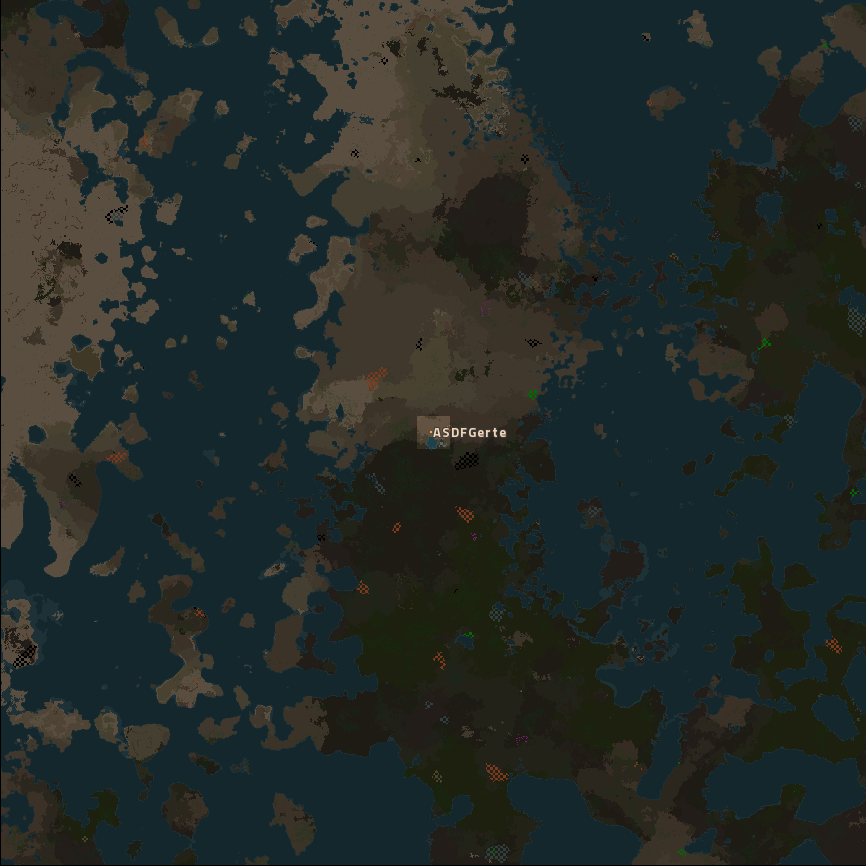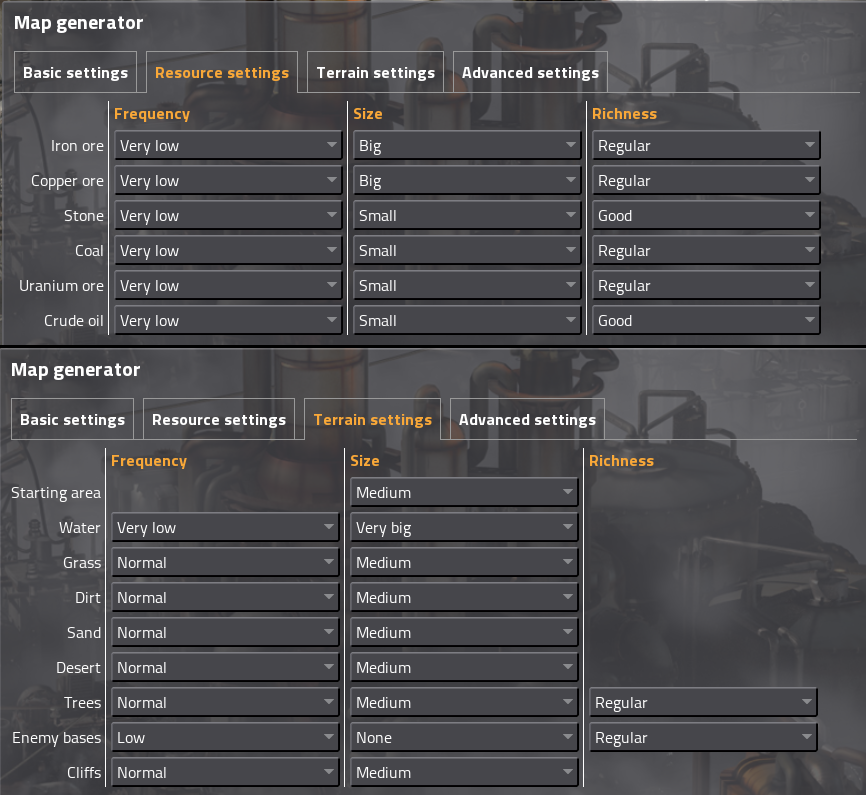Acacel wrote:well its much better than on my map, so i can tell yes its "normal" in addion if i had to guess its a railworld setting dueto the extra big desert
ASDFGerte wrote:Without knowing map settings, hard to tell. Probably you got a larger starting area and frequent small water.
Acacel is right, I put it on 'rail world' settings, which is supposed to have infrequent but large patches of water. I hoped this would create a few big oceans with lots of land between them, but I guess not.
My guess is that the generation algorithm is something like:
- Every tile in the map has a 'height' value
- Water 'frequency' controls how rapidly adjacent tiles can change height: it is the 'jaggedness'/'roughness' of the height algorithm
- Water 'size' controls a map-wide 'sea level', such that any tile below this level is water, and any tile above it is land.
Here is a gallery that shows 10 maps generated with the same seed, but different settings for water frequency and size:
https://imgur.com/gallery/E0R3O
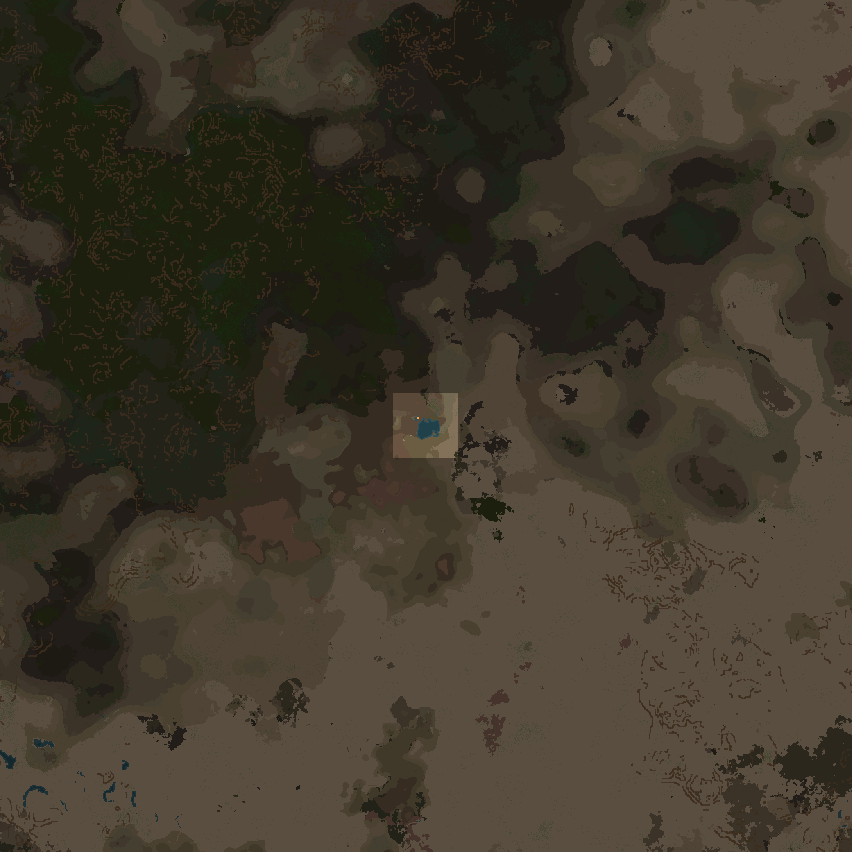
Frequency: Very High, Size: Very Small
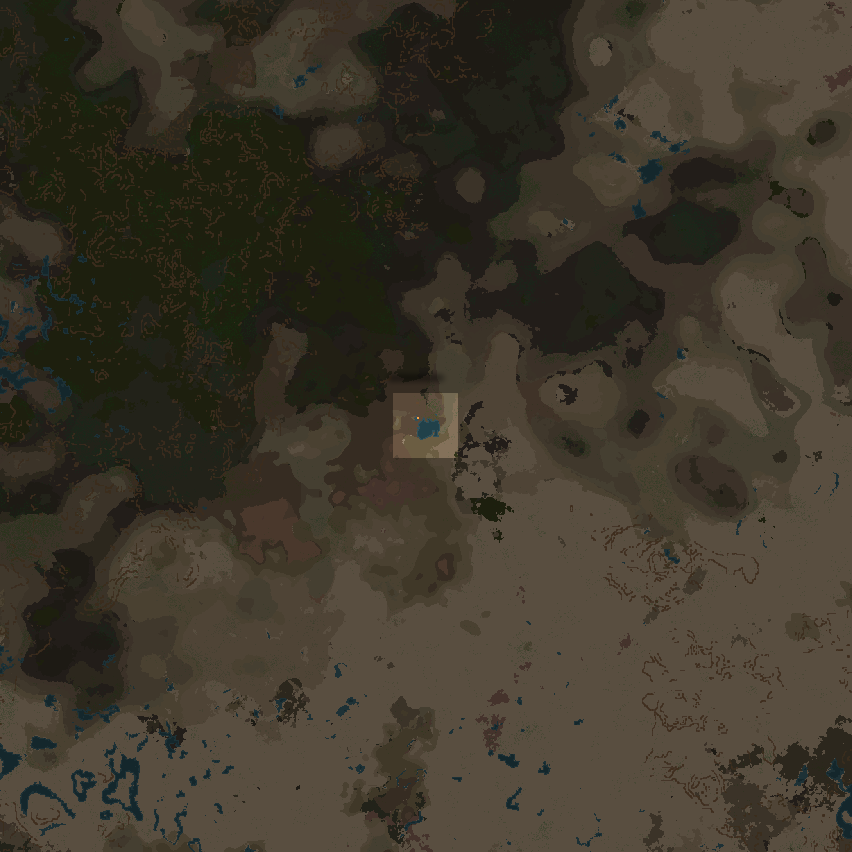
Frequency: Very High, Size: Small
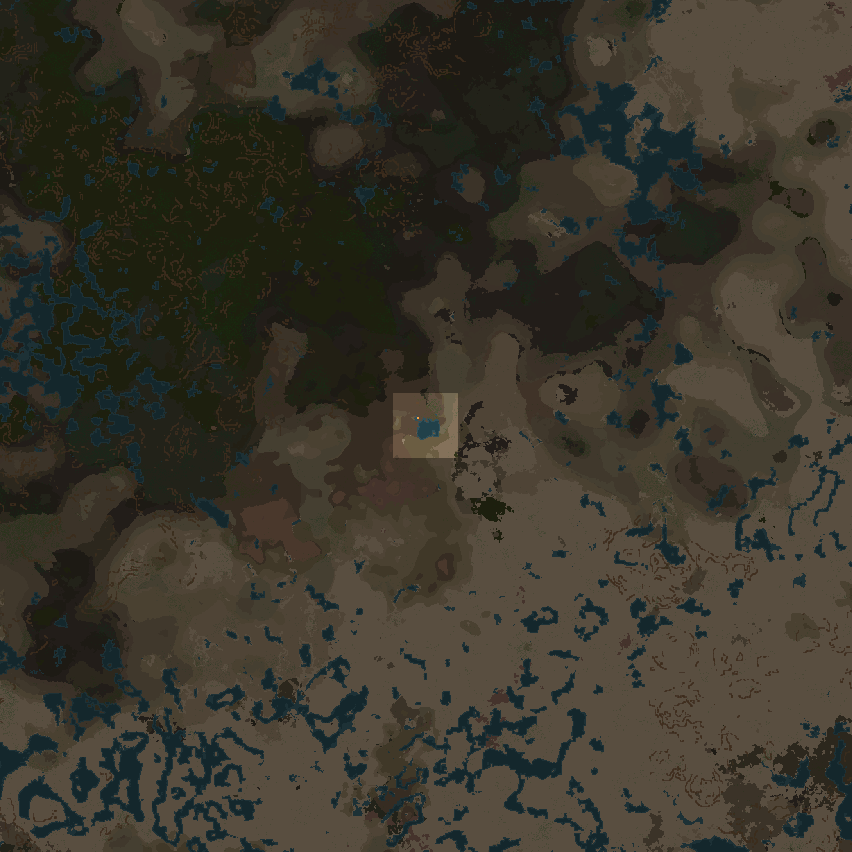
Frequency: Very High, Size: Medium
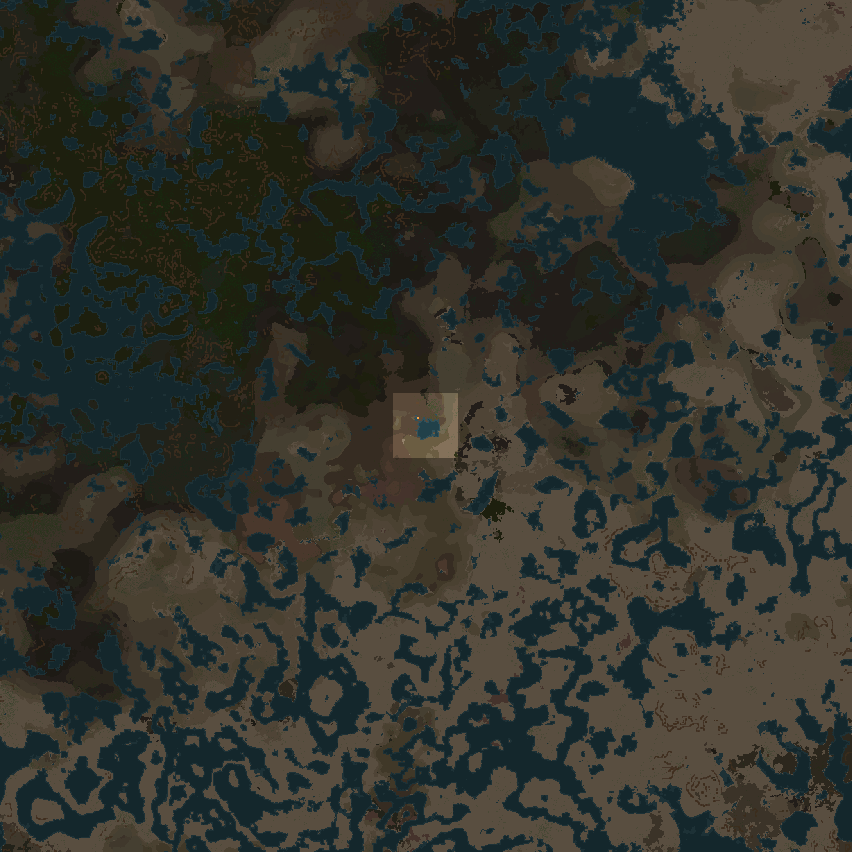
Frequency: Very High, Size: Big
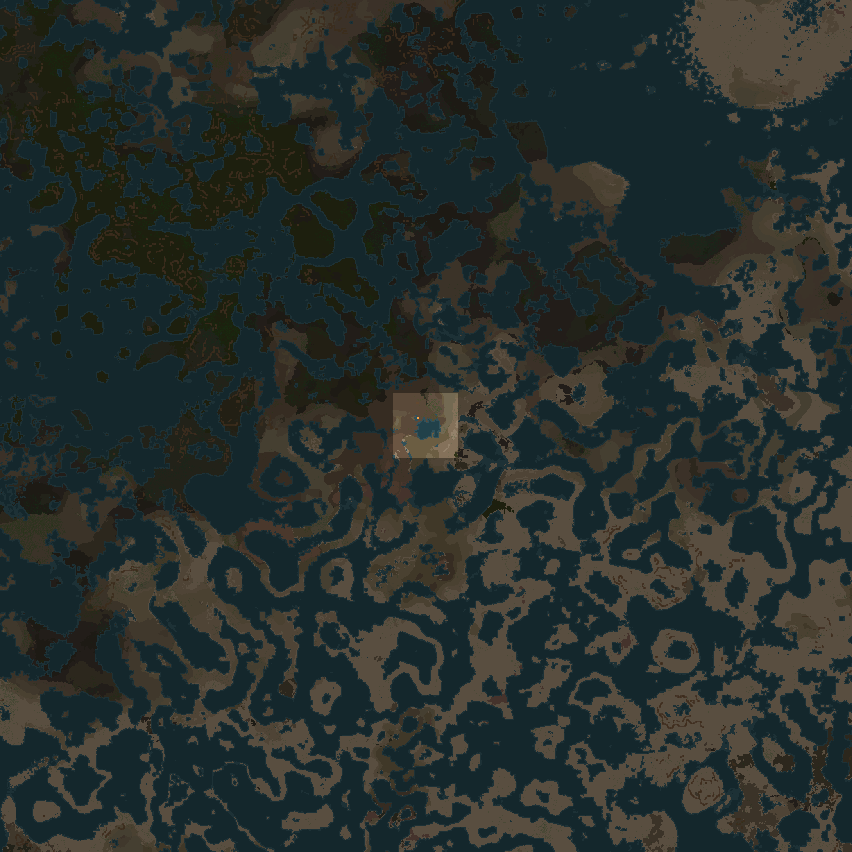
Frequency: Very High, Size: Very Big
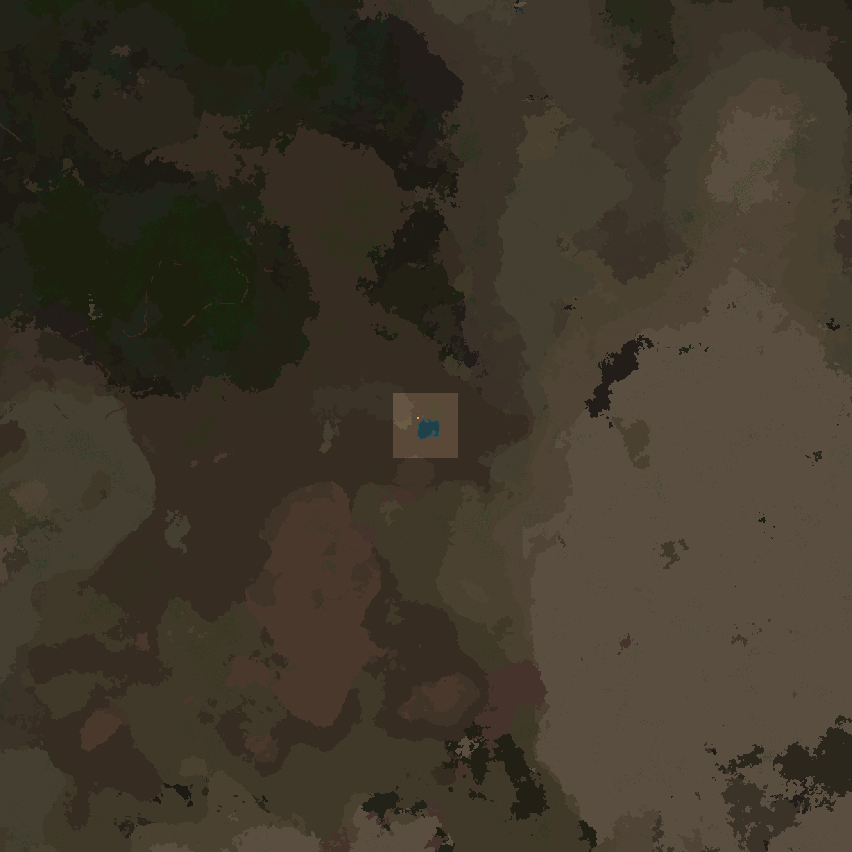
Frequency: Very Low, Size: Very Small
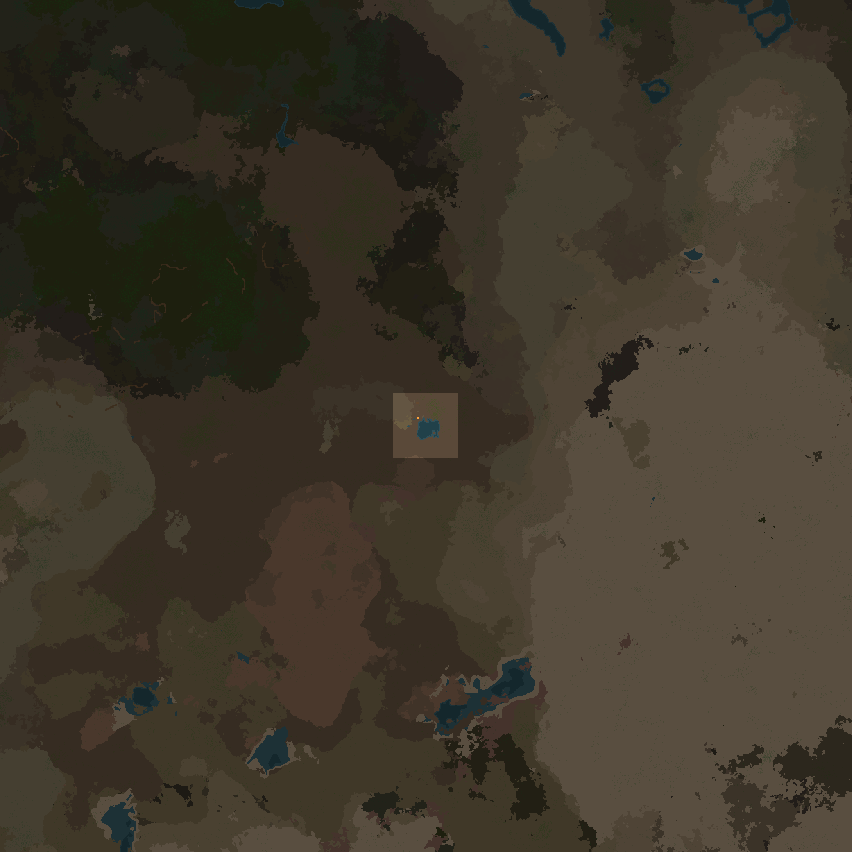
Frequency: Very Low, Size: Small
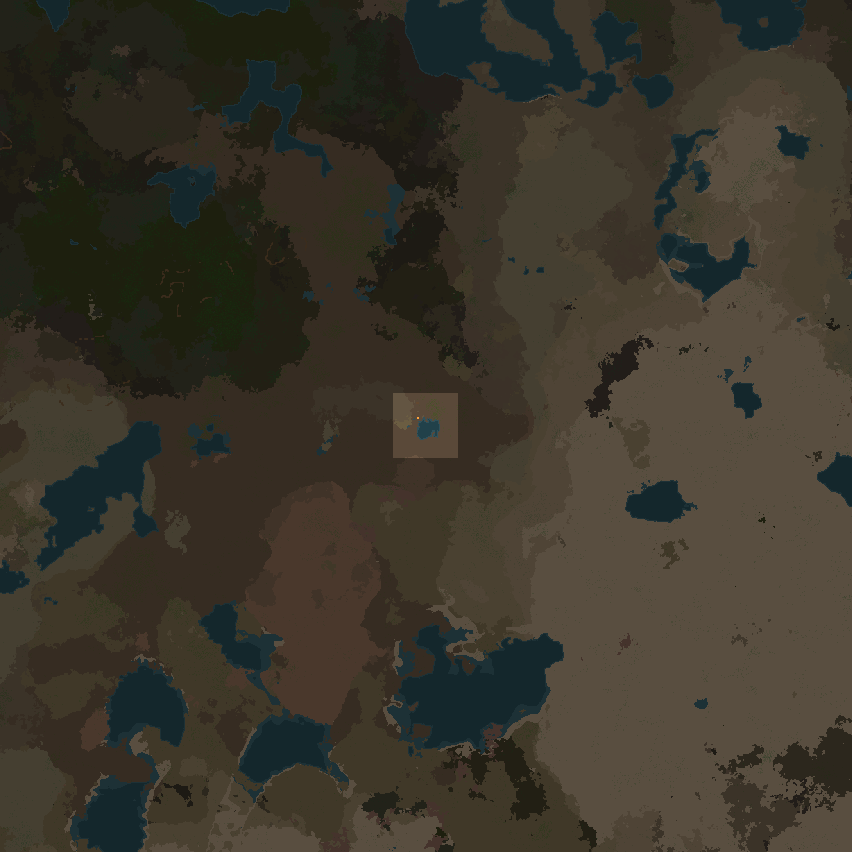
Frequency: Very Low, Size: Medium
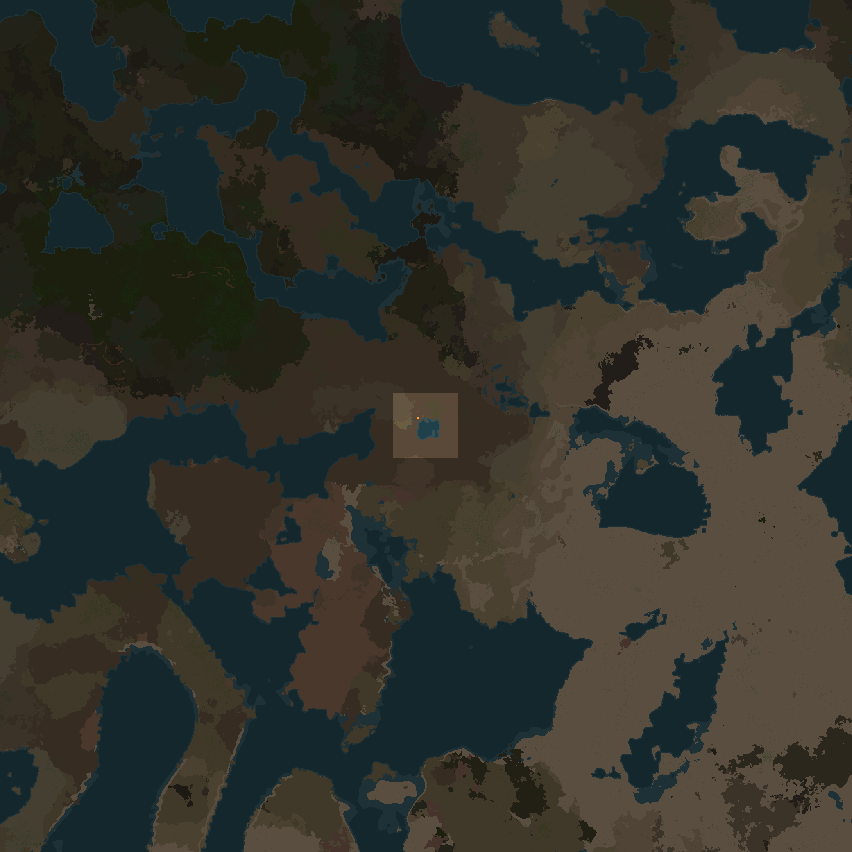
Frequency: Very Low, Size: Big
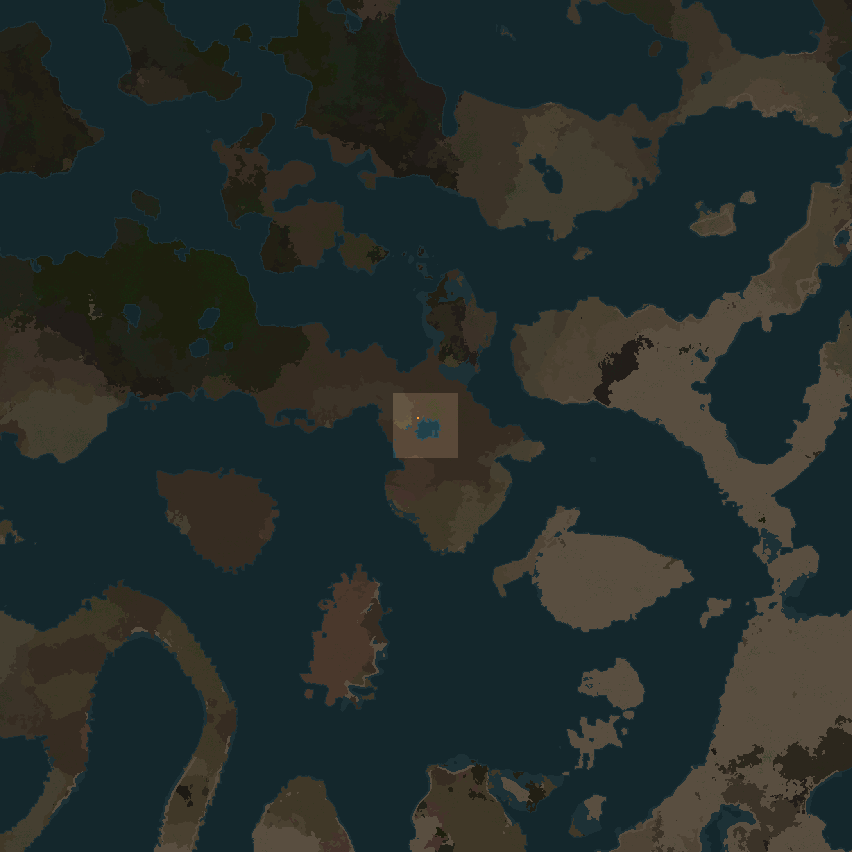
Frequency: Very Low, Size: Very Big
Lots of video games use terrain generation algorithms a little like this, and they are always very disappointing; the terrain is never plausible. I wish all games used terrain generation algorithms as in Dwarf Fortress - modelling geology and erosion patterns. The worlds in Dwarf Fortress are so much more plausible!


